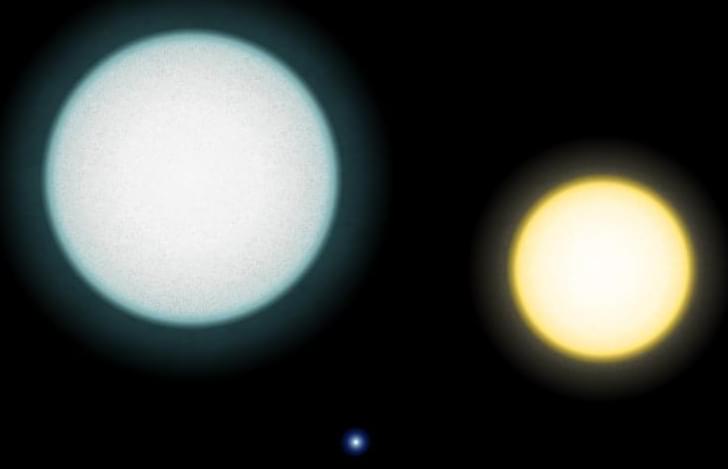A new study by Manuel Barrientos and colleagues from the University of Oklahoma reveals that between 0.6% and 2.5% of white dwarfs in our solar neighborhood undergo dramatic cooling delays that could extend habitable zones for billions of additional years. The secret lies in an element known as neon-22, which, after carbon and oxygen, is the most abundant element inside white dwarfs.
When white dwarfs contain at least 2.5% neon-22 by mass, they undergo a process called “distillation” as their cores crystallize. The research team discovered this occurs because the solid crystals become depleted in neon-22 compared to the surrounding liquid, making them lighter and causes them to float upward where they melt. This astronomical equivalent of a lava lamp releases enormous amounts of gravitational energy, effectively putting the white dwarf’s cooling on pause for up to 10 billion years.
The neon-22 forms during the star’s lifetime through a well understood process. During the helium burning stage, nitrogen-14 (produced by the CNO cycle) transforms into neon-22. This means stars with higher initial abundances of carbon, nitrogen, and oxygen (collectively called “metallicity”) produce more neon-22 in their white dwarf descendants.
